On painting realism > “Artists must be patient … and trust their own tastes and their own habits of working and living.” ~Daniel Sprick.
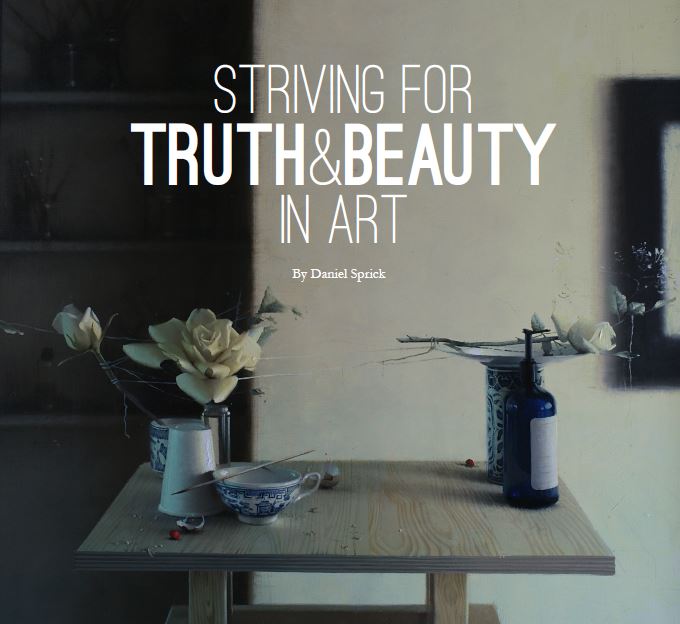
Striving for Truth and Beauty in Art
By Daniel Sprick
Portraits, still life, and large interior subjects have been the mainstays of my nearly forty-year attempt at expressing some sort of vision with oil paints. I have sought to achieve a thoughtful combination of the emotional and analytical processes, of refined technique, and of expressive intensity. Although truth itself is an ineffable and elusive component of our lives, through my art I seek to express something about our world that is true. There is a universal and continual hunger for truth. Viewers of art and readers of fiction have a great capacity for sensing truths in the arts.
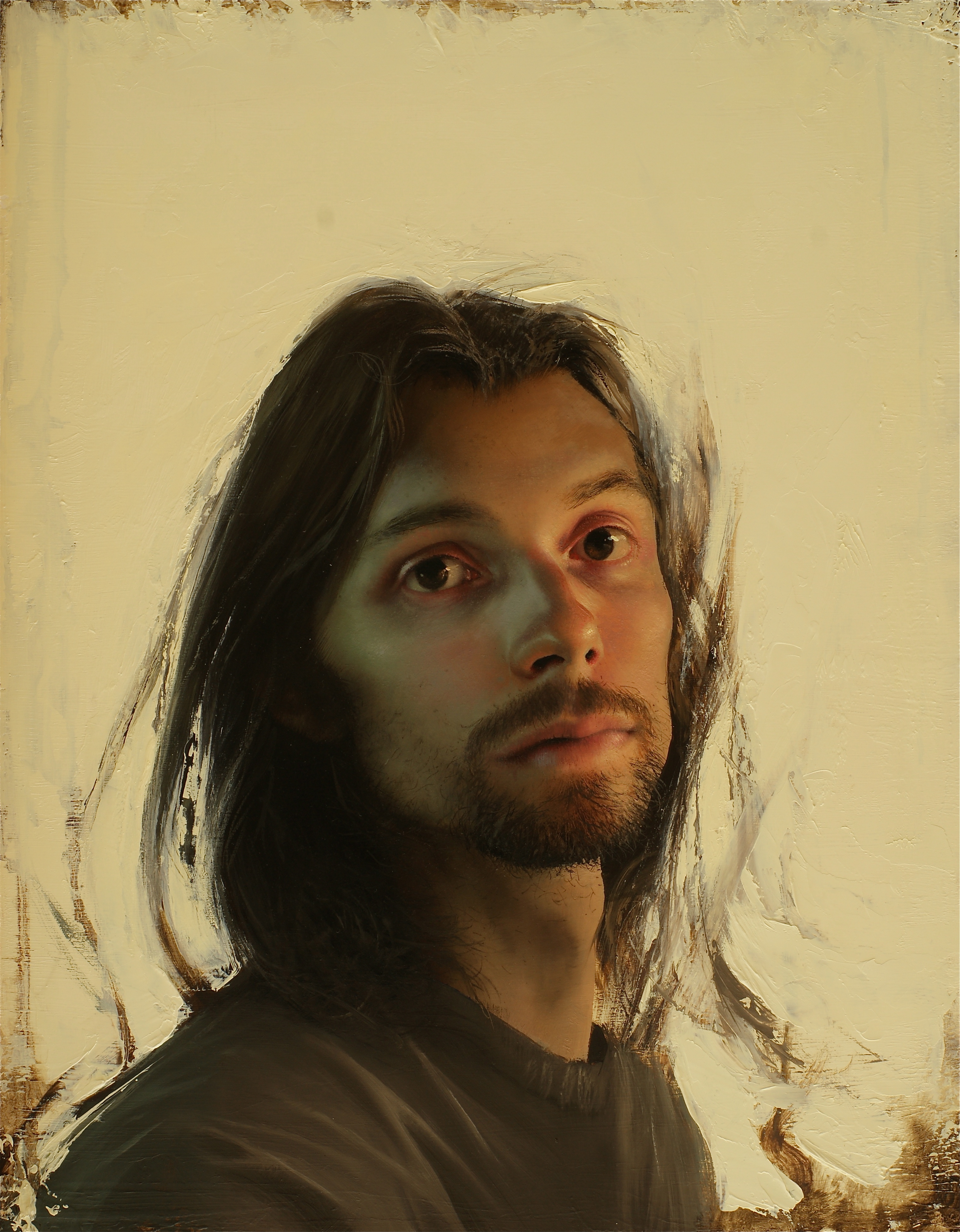
When I immerse myself in the works of Rogier van der Weyden and of Pieter Bruegel, I feel the passions of living, the deep humanity, and the enduring truth of surviving as human animals on an indifferent planet. In works so sublime as Caravaggio’s “The Sacrifice of Isaac,” truth, or the kind of truth that propels great works, is not exclusively associated with facts. In Giovanni Bellini’s “The Assassination of Saint Peter Martyr” we are heartbroken by tragedy while in awe of beauty that is not overt but runs deep, that feels true.

Complete accuracy in making my own observations of the world tangible in art is not possible — but it may not be entirely desirable even if it were. No matter how hard I try to imbue my work with a naturalistic realism, each piece is ultimately another form of fiction. An artist can express something truthful, even while altering proportions, colors, textures, atmospheres, light distribution — changing facts.
Related Article > Pushing Shadows to Create Drama: Charcoal Figure Drawings
Variations from the reality that I experience may sometimes be purposeful and within my control, but they are often unintentional, due to the limits of my ability. Departures may be caused by an unconscious, inevitable tendency to express emotion in painting. The expression of emotion is reason to paint. I don’t know if I can express the extreme depths of sorrow, or of great happiness. What comes through the painting is less dramatic than that. Perhaps the emotion that I can portray is the inexplicable wonder and the child-like satisfaction that comes with existing. That may be enough for me.
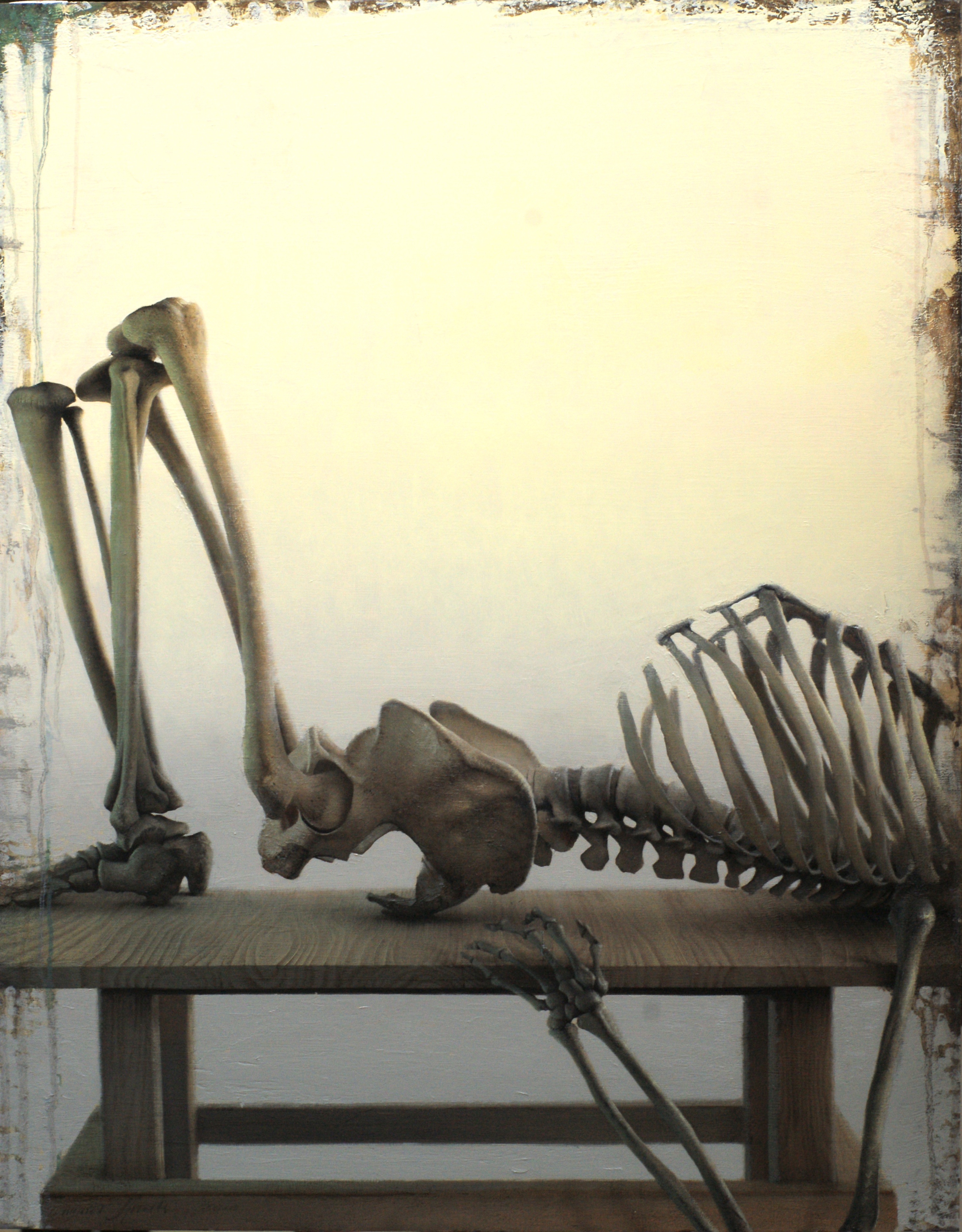
For the last century, beauty has been generally out of vogue with the educated art crowd. But those of us unmoved by fashion are compelled to try to present in a tangible form the beauty that our species has craved for millennia. It is work that is done with a sincerity of purpose, without hiding under the safe cover of irony. It is done with a genuine conviction that authentic beauty does exist, and that it is possible for us in our time to express great beauty in art.
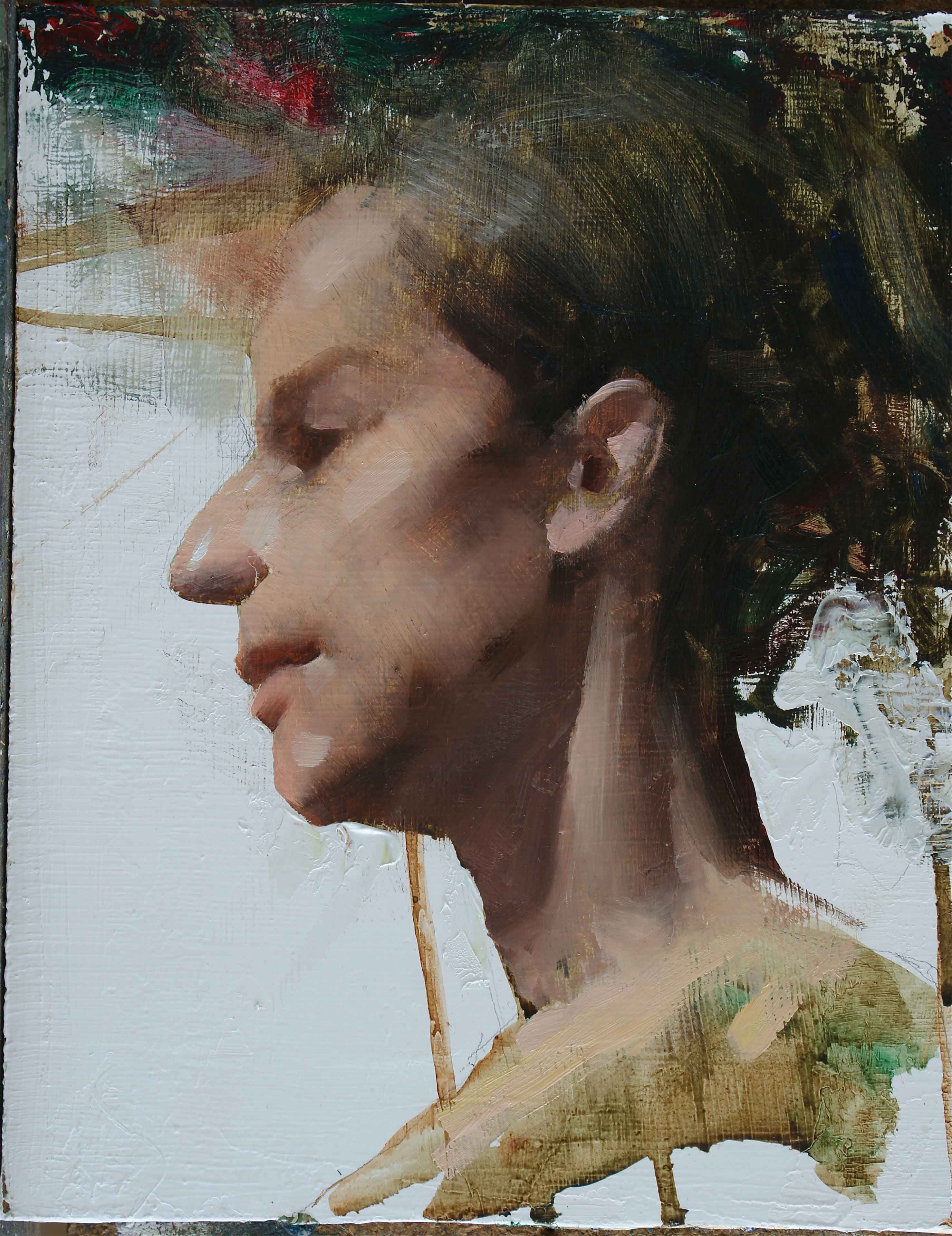
The question arises: Is it possible for one artist to convey to another just exactly how to accomplish these goals? I don’t know if it is. In my teaching I emphasize the craft of painting, the tools, the practical elements of proportion, linear perspective, volume, simplification, consolidation of masses, composition, and more. As for meaningful content, I only hope to set forth what I think may be useful guidance. I will wax ecstatic on some of the works that I find to be luminous markers along the way. There is Vermeer’s “The Milkmaid,” there is Rembrandt’s “Self Portrait at the Age of 63,” Jan van Eyck’s “Madonna of Chancellor Rolin,” and Hans Memling’s “St. John Altarpiece.”
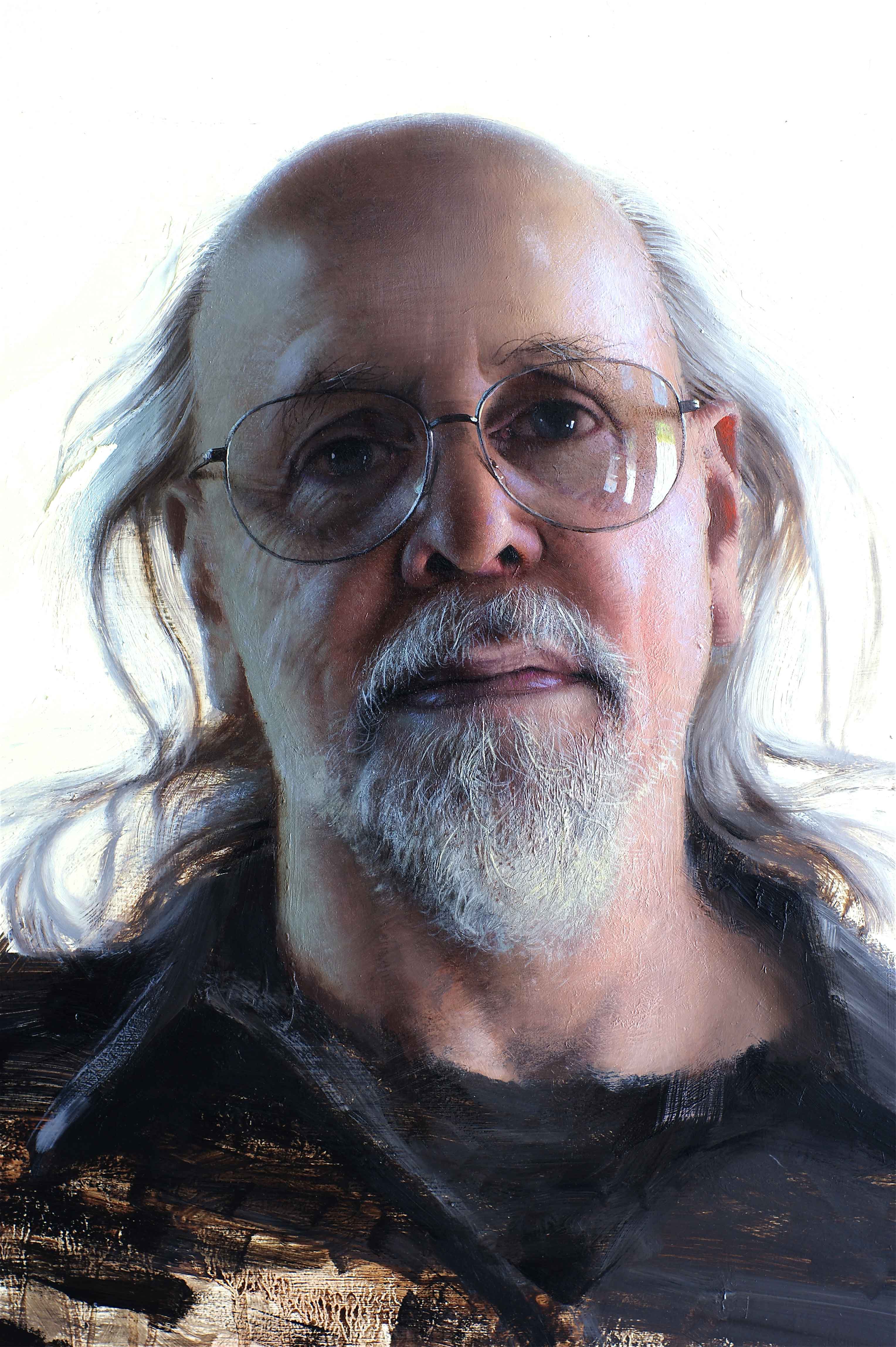
It usually takes about ten years of intensive effort to achieve mastery in any domain, and in the arts it may require another ten years after that to begin to express anything that is truly one’s own. Artists must be patient and be true to themselves and trust their own tastes and their own habits of working and living, and be true to their own aesthetic preferences. Each individual has his or her own truth to tell, and with a mixture of sincere effort and good fortune it will be a meaningful one for others.
Study realism with some of the world’s greatest artists
at the Figurative Art Convention & Expo!





